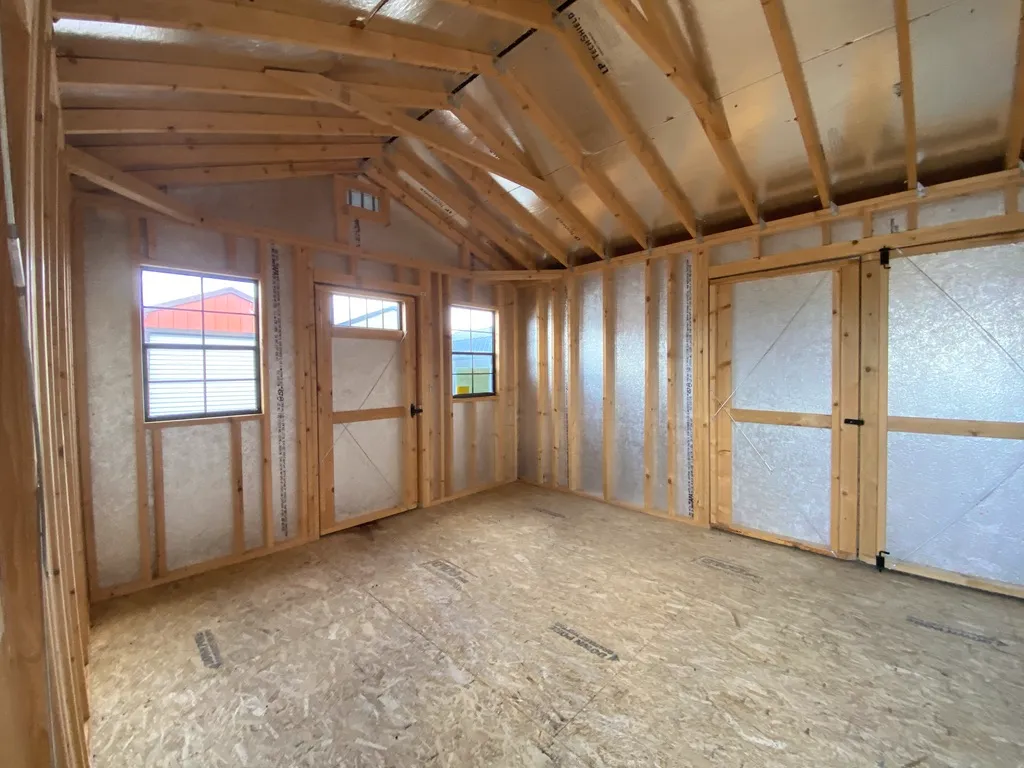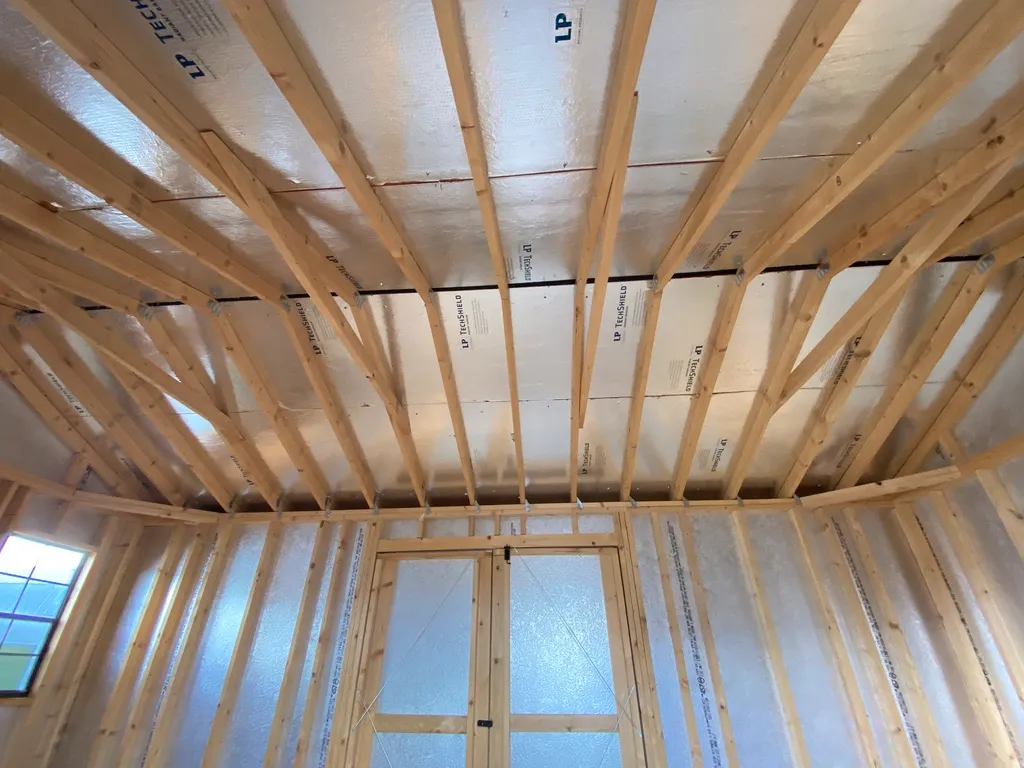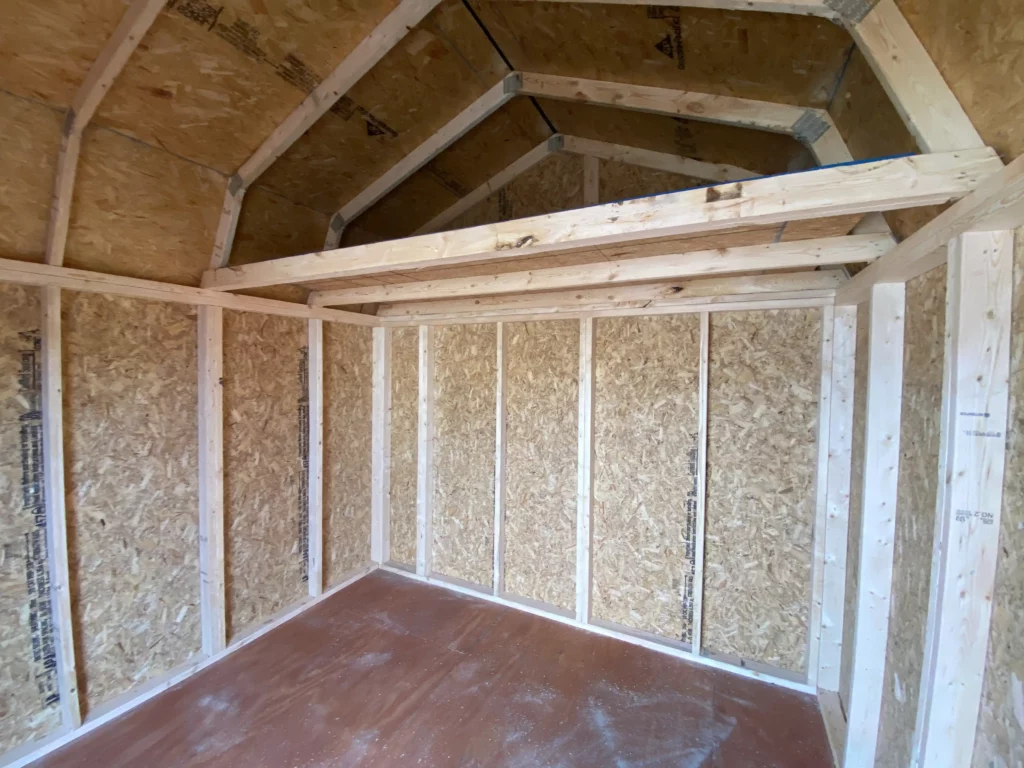How to Cover Storage Bins
At first glance, covering storage bins may appear to be a minor detail. However, it plays an essential role in protecting the contents inside. Garages, basements, attics, or sheds expose bins to dust, pests, and moisture, making proper coverage necessary. Using bins in a garage, basement, attic, or shed means dealing with potential exposure to dust, pests, and moisture, making proper coverage essential. in organizing your space, but it plays a crucial role in protecting the contents inside. Whether you’re using bins in your garage, basement, attic, or an outdoor shed, proper coverage shields your items from dust, pests, moisture, and light exposure. The way you cover storage bins can determine how well your belongings hold up over time, especially in environments that experience temperature fluctuations or exposure to the elements.
Not all storage bins come with fitted lids, and even those that do aren’t always sufficient in high-humidity or outdoor conditions. Investing in the right materials and methods for covering your bins extends their usability and provides added peace of mind, especially for long-term or seasonal storage needs.

How Environment Affects Storage Bin Covers
The environment where your bins are stored has a direct impact on how you should cover them. In climate-controlled indoor areas, such as closets or finished basements, a snap-on lid or soft fabric cover might be sufficient. However, in outdoor or semi-outdoor spaces like sheds, garages, or utility rooms, more durable and weather-resistant solutions are necessary.
For example, storage sheds offered by Hartville Outdoor Products are built to handle Northeast Ohio’s changing seasons, but the bins inside must also be prepared. In uninsulated structures, even well-built ones, condensation can form on plastic containers, leading to mildew or deterioration of stored materials. In these cases, using airtight lids combined with plastic sheeting or waterproof tarps is a good strategy.
To reduce the risk of mold and keep dust out, cover your bins with breathable yet protective materials when storing them in basements or crawlspaces where moisture is a concern.
Covering Materials for Indoor Use
Choosing the right covering materials is just as important as the bins themselves. For indoor settings, fabric covers, slip-on polyester sleeves, or stretchable plastic films may do the job. These options allow air circulation while preventing dust buildup. However, if you’re storing sensitive items like documents, electronics, or fabric, a layer of acid-free paper or a cotton sheet underneath your cover can add an extra layer of protection.

Covering Materials for Outdoor Use
When covering bins stored outside or in a detached shed, opt for materials that can handle UV rays and moisture. Use heavy-duty vinyl covers or reinforced tarps with tie-down grommets for long-lasting protection. These covers should fit snugly to avoid compression. A loose or sagging cover may collect rainwater and attract insects. High-quality materials like reinforced tarps can offer long-lasting protection when fitted properly. Ensure a snug fit without compressing the bin. Loose or sagging covers can collect rainwater and attract insects.
Tips for Stacked Storage Bins
To protect stacked bins, place a solid barrier like a plywood sheet between them. This prevents the upper bin from collapsing into the one below. This also helps if you’re covering the entire stack with a large waterproof wrap—offering a more uniform and protective seal.
Labeling Covered Bins
A frequent challenge with covered storage bins is losing track of what’s inside. Clear labeling is crucial, especially if you use opaque covers. Label your bins directly on the side or use a hangtag system. For outdoor bins or sheds, you can attach laminated labels using zip ties or adhesive holders.
If you rotate seasonal items, make sure labels are easily swappable. This can be done by using sleeve-style labels that let you slide updated paper inserts. Labeling aids not just in identification but also in inventory management, particularly if you’re storing supplies in an outdoor shed or modular building.
For more labeling advice, refer to our article on How to Label Boxes for Storage, which offers practical insights on building a consistent, visible labeling system.

Keeping Covers Secure Over Time
One of the biggest problems with bin covers is that they often slip, sag, or tear over time. You can prevent this by using bungee cords, ratchet straps, or industrial clips—based on your stacking and storage setup—to hold covers in place. Avoid overtightening, which could deform lids, especially on bins made from thinner plastic that may crack under pressure.
Store bins outdoors or in mobile units using tightly secured covers to block wind, rodents, and moisture effectively. In such setups, securing each bin individually with a seal-tight lid and then covering the entire stack or shelving unit with a reinforced tarp ensures durability.
Keep in mind that even in enclosed structures like prefab garages or outdoor buildings, small gaps or ventilation openings can let in debris. Covering bins properly makes your storage system more resilient and saves you time spent on re-sorting or cleaning.

When to Replace or Reinforce Bin Covers
No matter how sturdy a bin cover is, it won’t last forever. Sunlight, temperature extremes, and mechanical wear will eventually degrade even high-quality materials. Inspect your bin covers each season for fraying, brittleness, or water damage.
Swap out soft fabric covers once they lose elasticity or show signs of staining. Reinforce plastic sheeting or tarps with fresh ties or weights if they begin to shift or warp. Sturdy outdoor bins, like those housed in units from Hartville Outdoor Products, deserve just as durable coverings.
If you notice animals trying to gnaw or nest around your bins, consider switching to materials with pest-resistant additives. Some reinforced tarps and polymer covers include these features, reducing the likelihood of damage from rodents or insects.
Combining Structure and Storage for Maximum Protection
You’ll get the best protection for your bins by combining high-quality covers with a secure structure. If you’re placing bins in an outdoor environment, having a dedicated storage shed, prefab garage, or utility building adds a major layer of defense.
Look for modular buildings or sheds with weatherproof features, such as those at Hartville Outdoor Products, to ensure your storage bins are sheltered from wind, precipitation, and temperature fluctuations. When combined with tight-fitting, weather-resistant bin covers, this approach can keep your items safe for months—or even years—at a time.

Conclusion
Learning how to cover storage bins is a small step that can deliver major results when it comes to organization and preservation. Whether you’re dealing with delicate seasonal items or heavy-duty equipment, the right combination of covers and containers ensures your belongings are protected year-round.
Breathable cloth sleeves and reinforced vinyl tarps both offer effective solutions for different storage settings. Pairing the right cover with a secure structure from Hartville Outdoor Products ensures maximum protection. Evaluate your environment, choose appropriate materials, and secure your setup to maintain clean and efficient storage spaces.
When it comes to safeguarding your storage investment, it’s not just what’s inside the bin—it’s how well it’s covered that counts.
